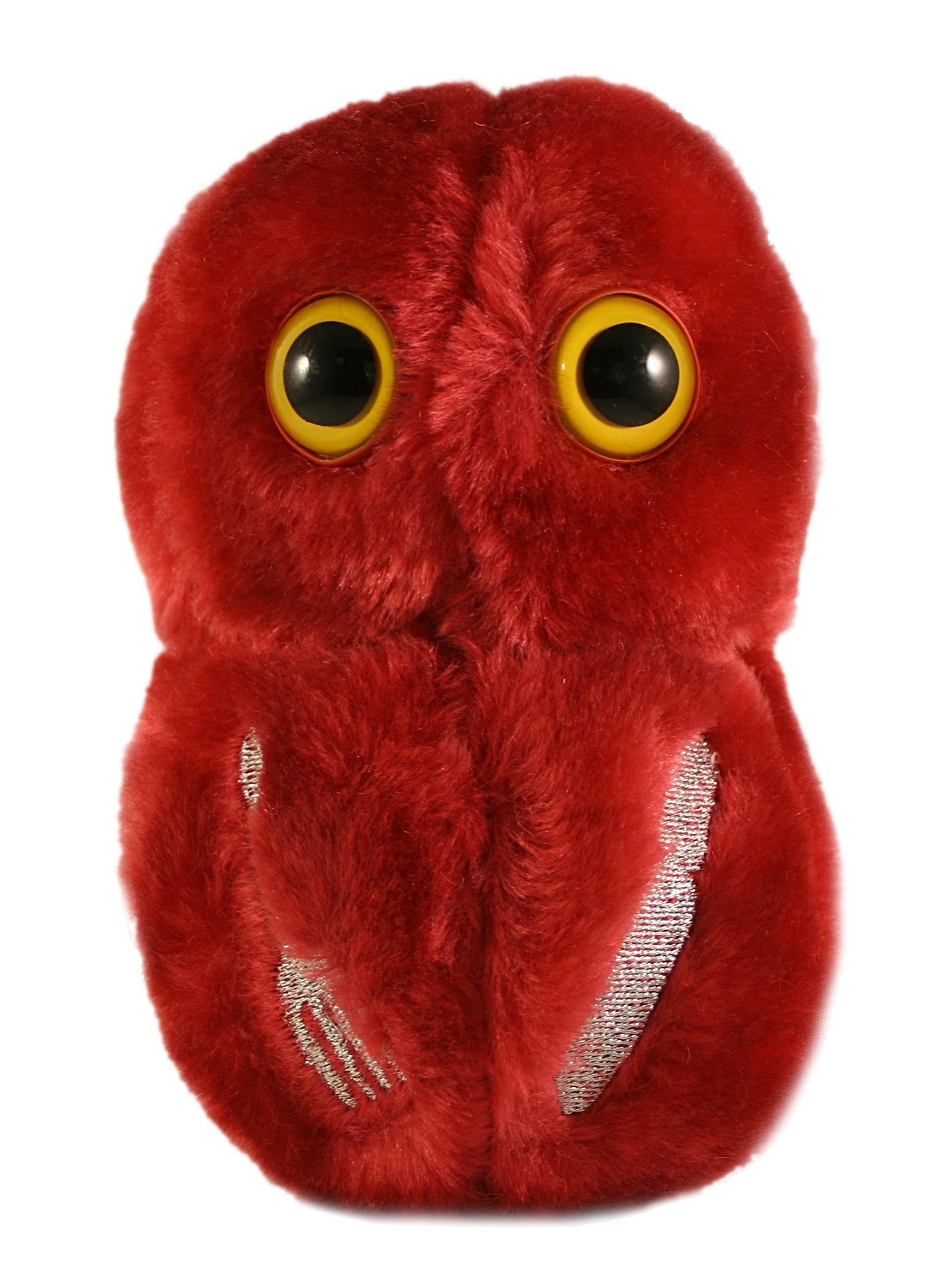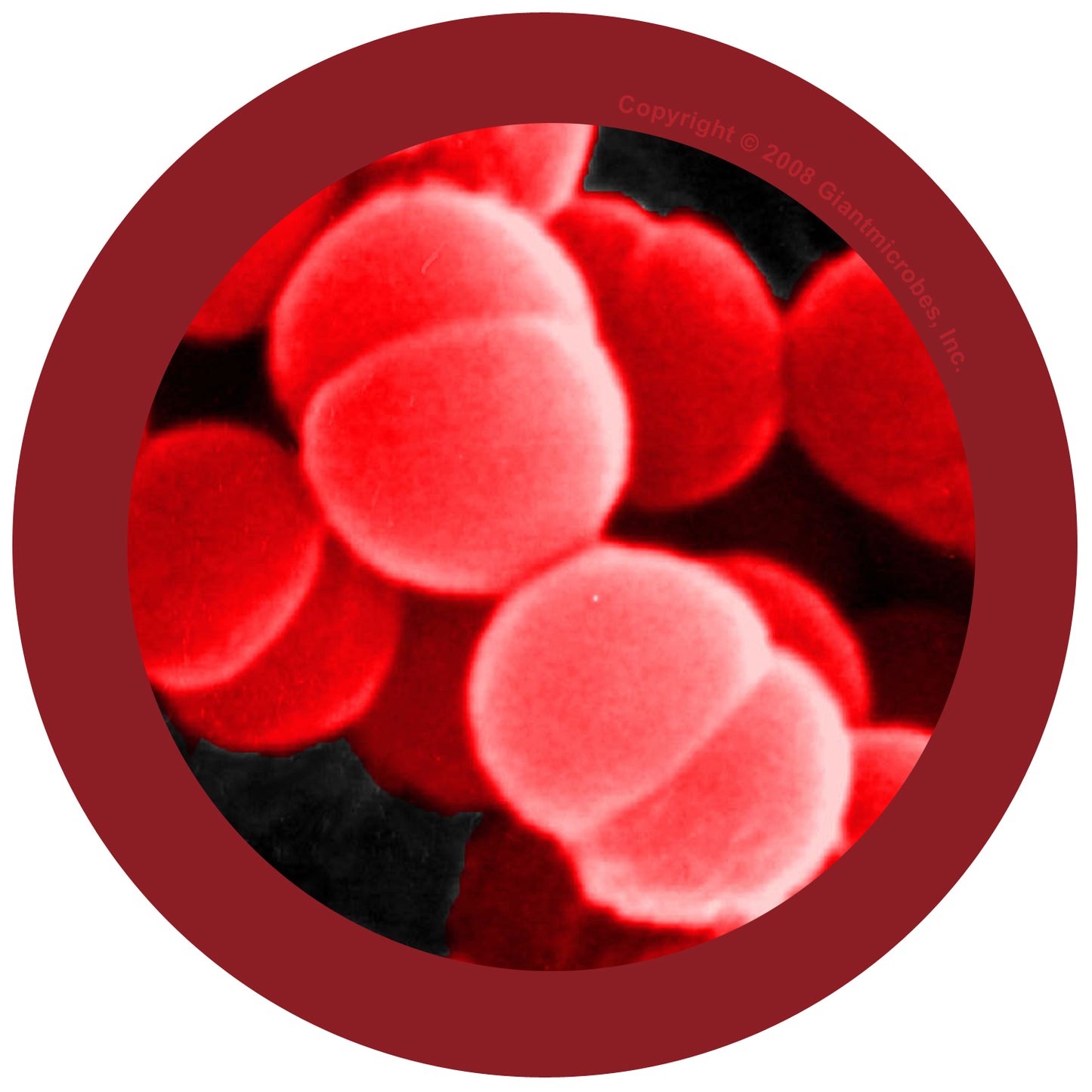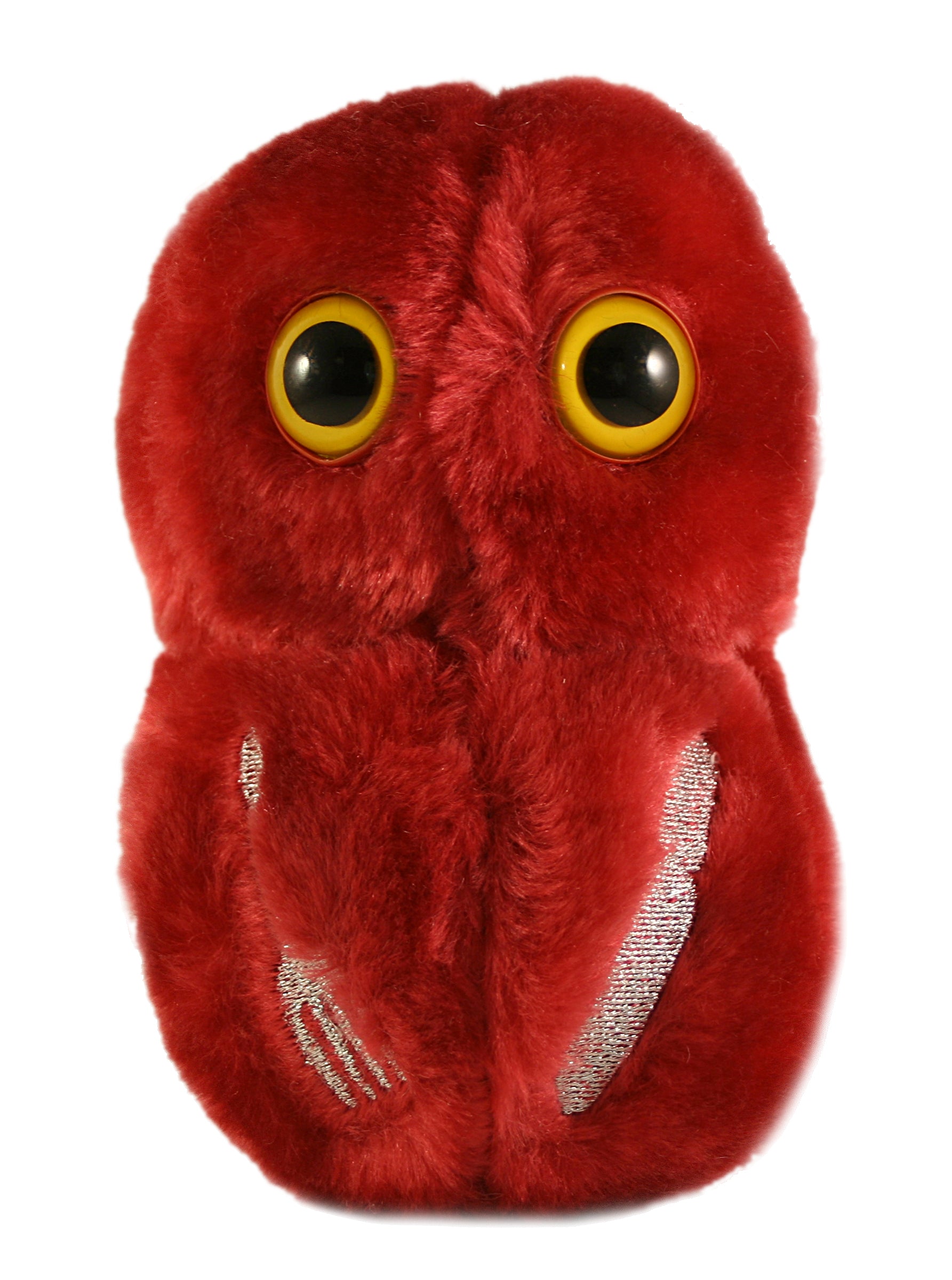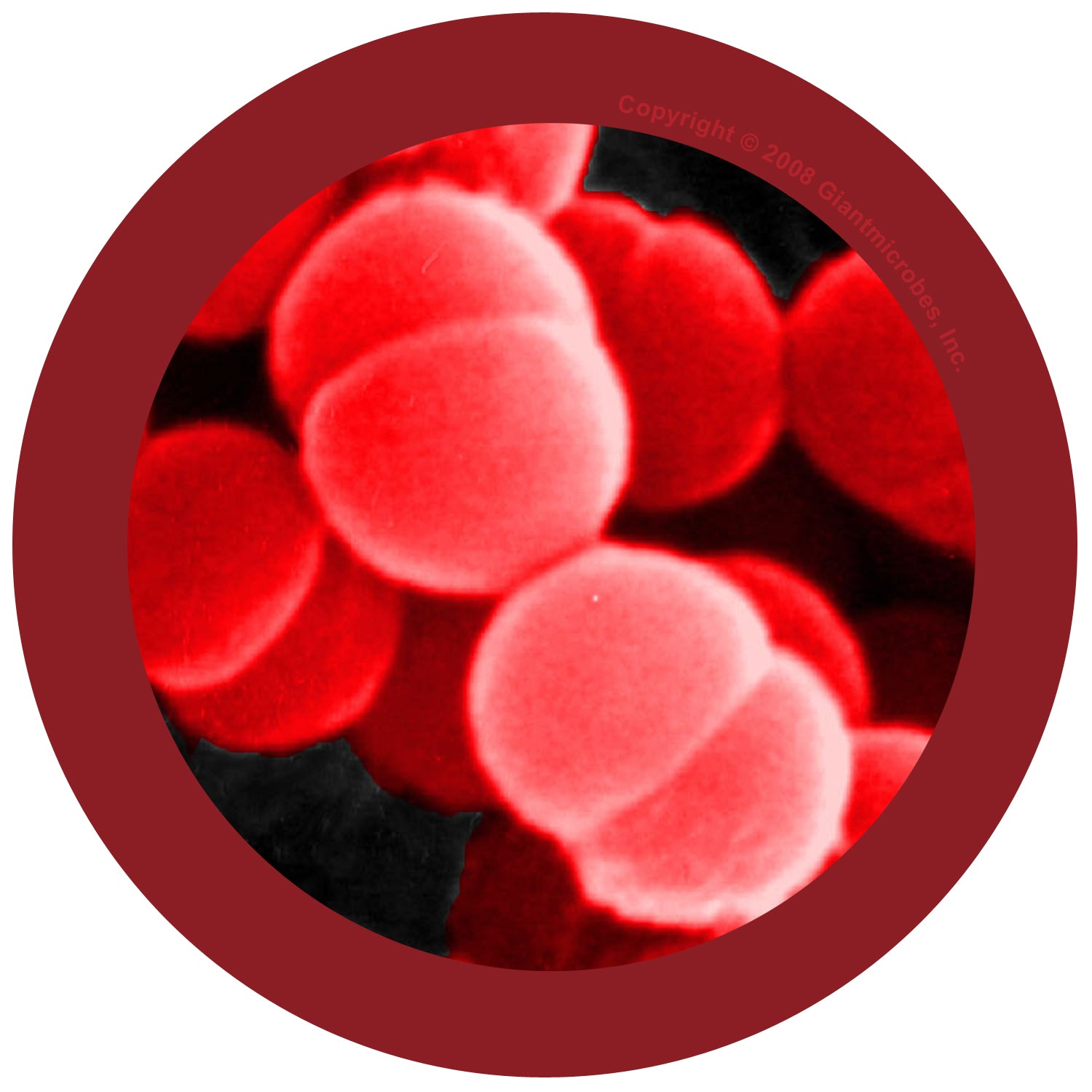Flesh Eating (Streptococcus Pyogenes)
Flesh Eating (Streptococcus Pyogenes)
Couldn't load pickup availability
- A darkly comic gag gift
- An educational tool to learn about this voracious disease
- Perfect for health-scare hypochondriacs
All About Flesh Eating (Streptococcus Pyogenes)
FACTS: Flesh-eating disease is no dieter's dream – it's a headline-grabbing nightmare most commonly caused by crazed strains of Streptococcus pyogenes, the same bacteria responsible for strep throats. (The term necrotizing fasciitis dates from the 1950’s and refers to the "death" of the "fibrous tissues" between muscles; but Hippocrates described patients whose "flesh, sinews, and bones fell away in large quantities.”) It is one of the fastest-spreading infections known, and can consume an inch of flesh per hour.
The disease is very rare – and because initial symptoms are similar to the flu, more often than not diagnosis is tragically delayed. But with incidents on the rise, the warning signs are worth reviewing: Typically, a skin injury – as small as a pinprick or scratch – allows the bacteria to slip beneath the skin. Pain greatly disproportionate to the injury (and likened to the pulling of a muscle) usually occurs within 24 hours. Flu-like symptoms follow and purplish blisters begin to form. Without immediate introduction of antibiotics and surgical removal of infected tissue, toxic shock sets in, and then….
Diabetes, substance abuse, childbirth, old age, obesity, and even chickenpox are risk factors. But 50% of cases occur in young and otherwise healthy people. So if you think you have it, find out fast – or you may end up on the menu.






